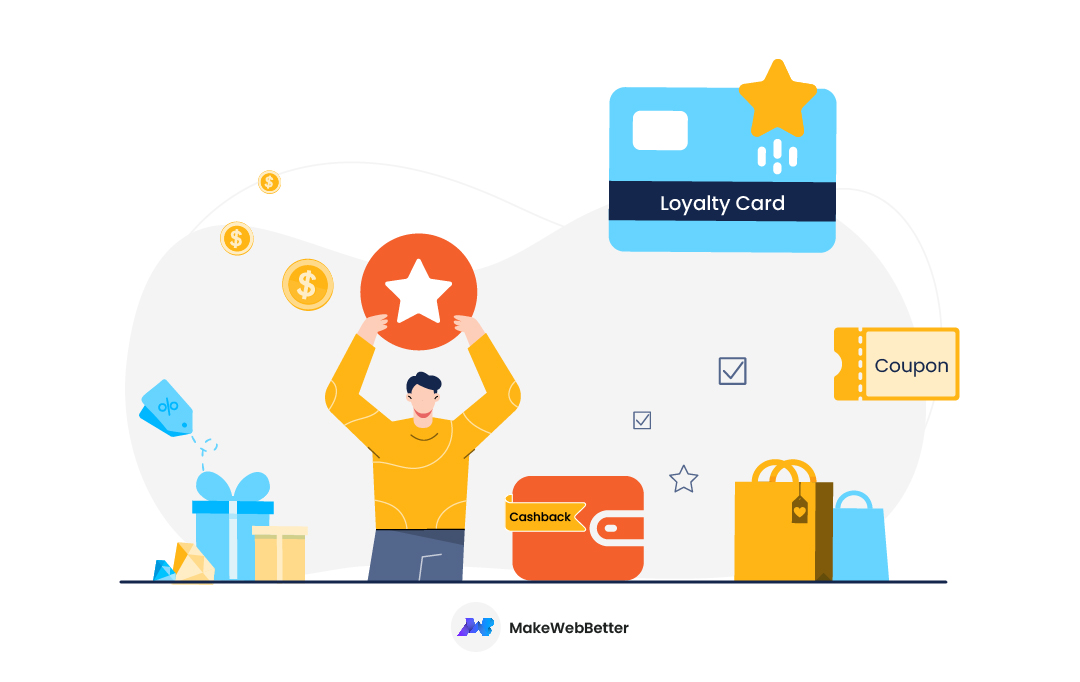CCCam HD Insights
Stay updated with the latest in streaming and tech.
Cashback Loyalty Systems: Because Who Doesn't Love Free Money?
Unlock the secret to effortless savings with cashback loyalty systems. Discover how to earn free money while you shop today!
How Do Cashback Loyalty Programs Work: A Comprehensive Guide?
Cashback loyalty programs are incentive schemes offered by retailers and service providers that reward customers for their purchases. These programs typically operate on a simple premise: the more you spend, the more you earn back in cash rewards. When customers make a purchase, a percentage of the total amount spent is returned to them, which can later be redeemed for cash or discounts on future purchases. It's essential to note that these percentages vary between different programs, with some offering as much as 5% cash back on specific categories and others having capped earning limits.
To join a cashback loyalty program, customers usually need to sign up, which may require providing personal details such as name and email address. After enrollment, participants should keep track of their cashback balance, usually accessible through an online account or a mobile app. Many programs also feature tiered rewards systems, where spending more can unlock higher cashback percentages. Brands often leverage these programs not just to increase sales, but also to foster customer loyalty. For those wondering, how do cashback loyalty programs work? It’s all about driving repeat business while rewarding customers for their loyalty.

Counter-Strike is a popular first-person shooter game that has captivated players since its release. It involves intense team-based gameplay where players can engage in various modes, including bomb defusal and hostage rescue. For those looking to enhance their gaming experience, a duelbits promo code can be a great way to access exclusive in-game bonuses or rewards.
The Top 5 Benefits of Using Cashback Loyalty Systems for Shoppers
Cashback loyalty systems have become increasingly popular among retailers and shoppers alike, offering numerous advantages that enhance the shopping experience. First and foremost, these systems reward consumers for their purchases, providing cashback on eligible transactions. This means that for every dollar spent, shoppers can earn a percentage back, effectively reducing their overall expenditure. Not only does this create an incentive for loyal customers to return, but it also encourages new consumers to explore a brand, knowing they can benefit financially from their purchases.
Another significant benefit of cashback loyalty systems is the ease of use and accessibility they provide. Many programs can be accessed via mobile apps or online platforms, making it simple for shoppers to track their spending and earnings. Additionally, these systems often feature tiered rewards structures that further incentivize consumers to increase their spending. As shoppers reach higher tiers, they enjoy greater returns, fostering a stronger bond between customers and brands. To sum it up, cashback loyalty systems not only save money but also create a more engaging shopping experience.
Are Cashback Loyalty Programs Worth It? Reviewing the Pros and Cons
Cashback loyalty programs have gained immense popularity in recent years, appealing to consumers who want to maximize their purchasing power. These programs offer rewards in the form of a percentage of the purchase price returned to customers, often accumulating over time to be redeemed for cash or credits. One of the primary pros of cashback programs is their simplicity; unlike points-based systems, users can quickly understand the value they earn on each purchase. Additionally, many cashback programs have no expiration dates on rewards, which allows customers to plan their spending without the pressure of losing out on potential gains.
However, as with any financial incentive, there are also cons to consider. Some cashback programs may encourage overspending, as consumers may feel compelled to buy more to receive a larger reward. Furthermore, not all cashback offers are created equal, and certain cashback cards can come with high annual fees or require meeting specific spending thresholds before rewards kick in. It’s important for consumers to carefully evaluate their habits and choose programs that align with their spending patterns to ensure that the benefits outweigh the costs.